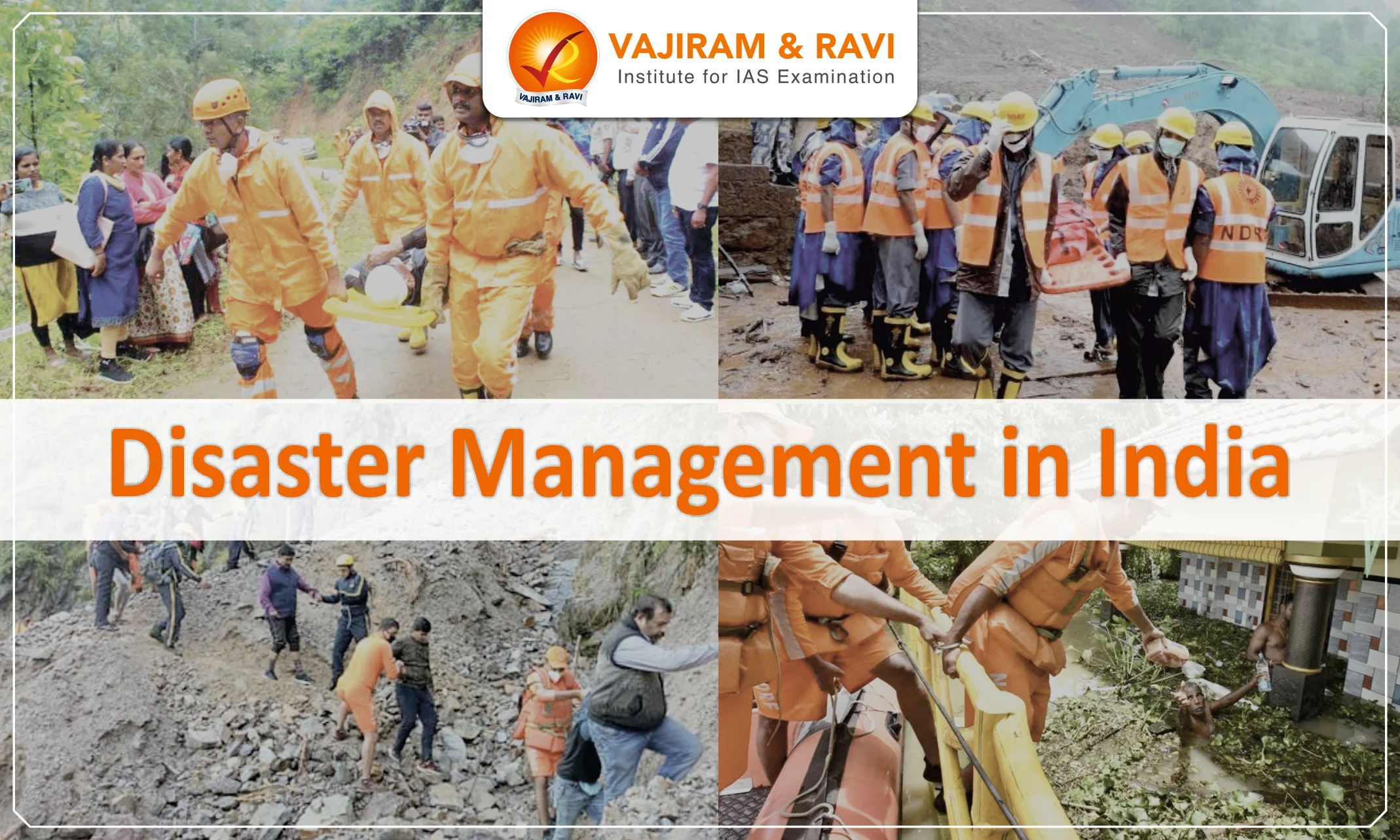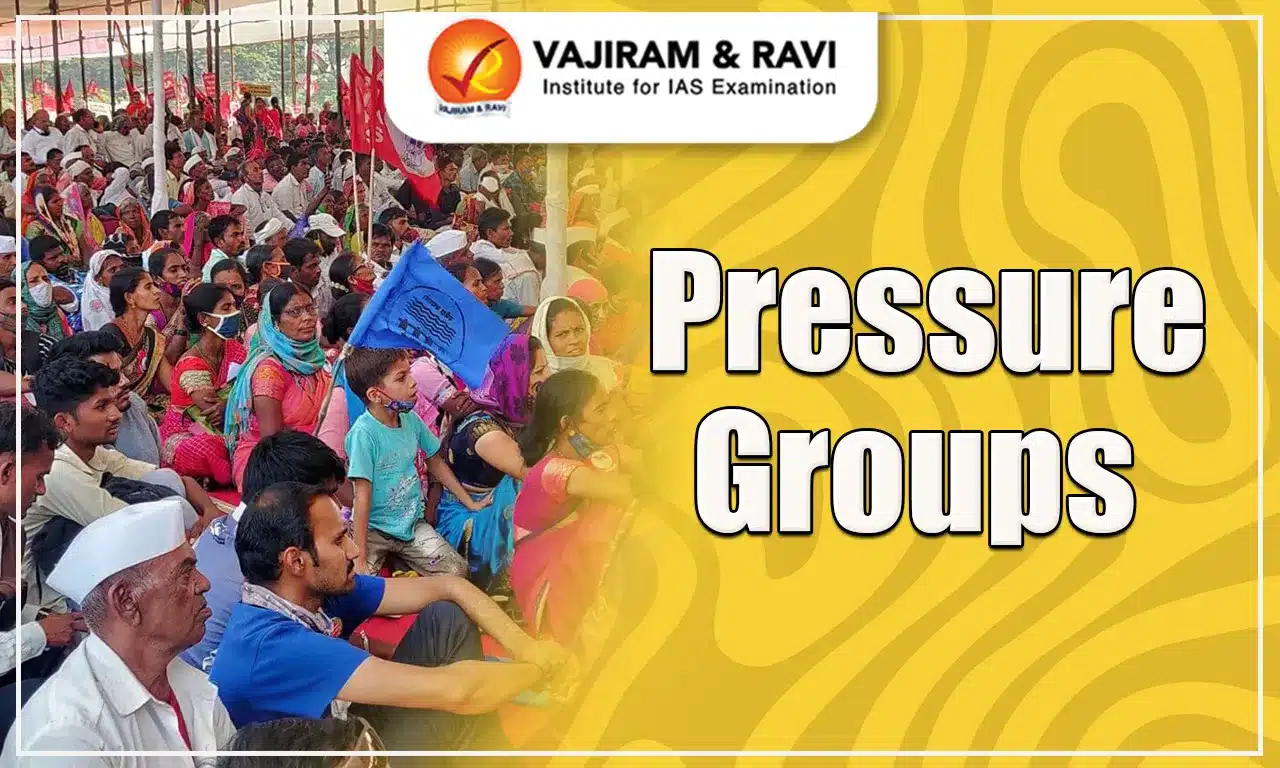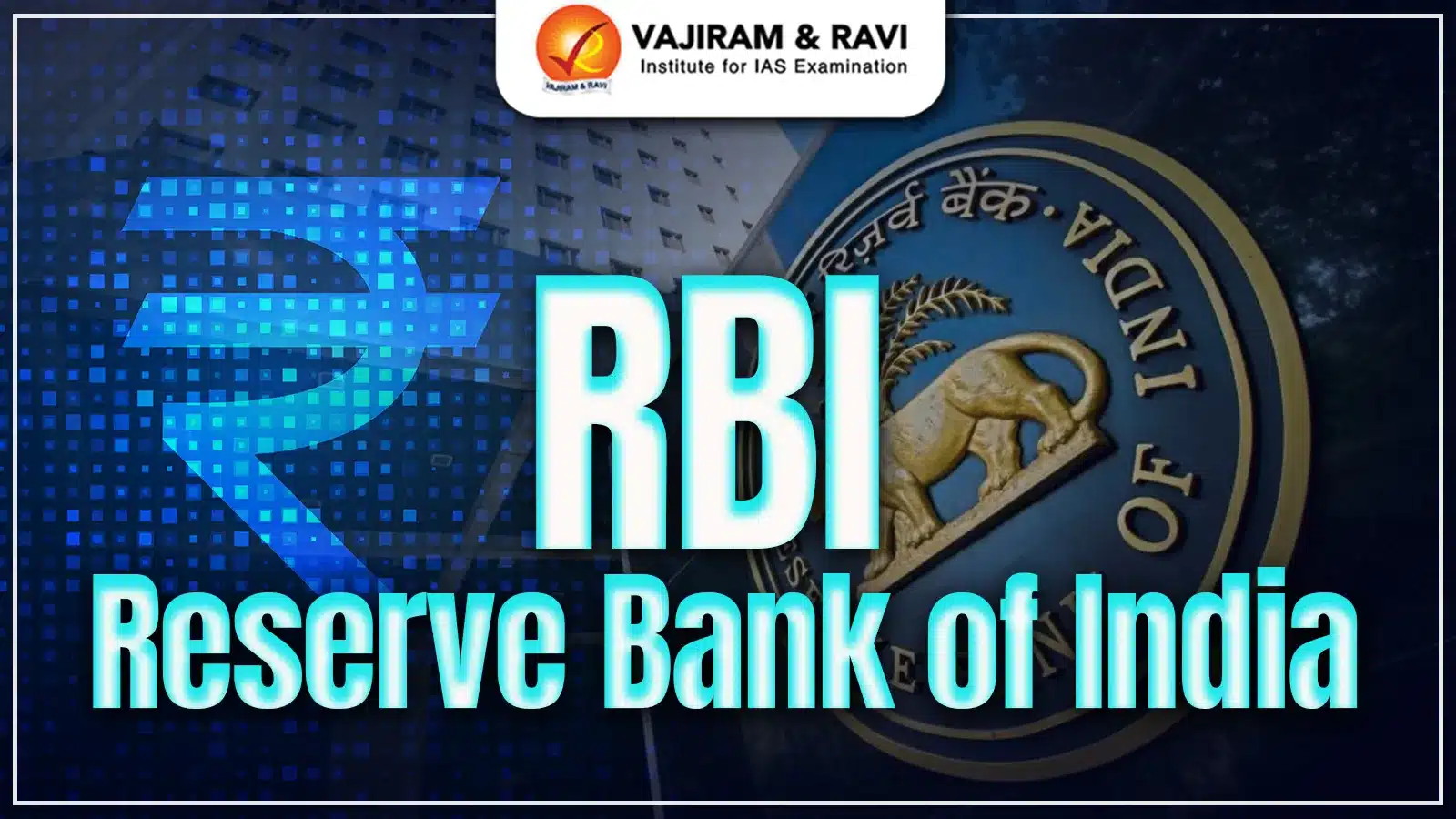Disaster management refers to a systematic and strategic approach aimed at safeguarding critical infrastructure from potential damages resulting from natural or human-made calamities and catastrophic events. It involves a continuous and integrated process that includes planning, organizing, coordinating, and implementing measures to prevent, reduce, and respond to potential disasters. India is one of the world's most disaster-prone countries due to climatic conditions as well as socio-economic susceptibility. In this regard, the Government of India enacted the Disaster Management Act 2005, which envisaged the creation of the National Disaster Management Authority to implement a holistic and integrated approach to disaster management.
Phases of Disaster Management
The disaster management cycle comprises various phases including policy formulation and planning aimed at either preventing disasters or reducing their impact on people, property, and infrastructure. There are three key phases of activity within disaster management:
- Pre-disaster Phase:
- Prevention: It involves taking actions to prevent a disaster event from minimising its harmful effects on communities or key installations.
- Mitigation: It implements measures aimed at reducing the impact of a hazard and the underlying conditions that make communities vulnerable to it.
- Examples include the development and enforcement of building codes to reduce damage and loss during earthquakes.
- Preparedness: It involves taking measures that enable governments, communities, and individuals to respond effectively to disaster situations.
- Long-term prevention measures like:
- Construction of embankments to prevent flooding,
- Adopting watershed management as drought-proofing measures,
- Increasing plantations to reduce the occurrence of landslides,
- Construction of earthquake-resistant structures and sound environmental management.
- Impetus on renewable energy.
- Short-term measures aimed to diminish or change the threat's scale and intensity. for example:
- Improved enforcement of building codes and zoning rules
- Proper maintenance of drainage systems,
- Better awareness and public education to reduce the risks of hazards etc.
- During Disaster Phase: Disaster management response actions include:
- the activation of the counter-disaster system,
- search and rescue operations,
- provision of emergency assistance such as food, shelter, and medical aid,
- assessment and survey of the disaster-affected area,
- evacuation measures,
- maintenance of law and order, and
- funding mechanisms for emergency response activities.
- Post-Disaster Phase: It includes recovery, rehabilitation, and reconstruction measures.
- Recovery: It refers to the process of assisting communities and the nation to return to their proper level of functioning following a disaster. This process encompasses three overlapping phases, namely emergency relief, rehabilitation, and reconstruction.
- Rehabilitation: It includes providing temporary public utilities and housing as interim measures to assist long-term recovery.
- Reconstruction: It seeks to restore communities to an improved level of functioning compared to their pre-disaster state. This may involve measures such as replacing buildings, infrastructure, and lifeline facilities.
Institutional Framework for Disaster Management in India
In the 1990s, a disaster management cell was established under the Ministry of Agriculture, following the 'International Decade for Natural Disaster Reduction'. Following disasters like the Orissa Super Cyclone (1999) and the Bhuj Earthquake (2001), a committee developed a holistic disaster management approach, establishing a hierarchical structure, and the disaster management division was shifted under the Ministry of Home Affairs (MHA) in 2002.
- The NDMA has been established at the national level, while the SDMA at the state and district authorities at the district levels is gradually being institutionalised.
- National Disaster Management Authority (NDMA): Disaster Management Act of 2005, mandated the establishment of the NDMA, under the MHA.
- It is the highest governing body responsible for creating, enforcing, and implementing policies, plans, and guidelines for disaster management.
- The Chairperson of the NDMA is the Prime Minister.
- National Executive Committee (NEC): It was established by the Disaster Management Act of 2005, and its primary responsibility is to act as the coordinating and monitoring body for disaster management.
- State Disaster Management Authorities (SDMAs): The DM Act, 2005 also provides for the constitution of SDMAs in all the states and UTs.
- The Chairperson of the SDMA is the Chief Minister.
- State Executive Committees (SECs): The Act establishes SECs, headed by the Chief Secretary of the State. It is responsible for coordinating and implementing disaster management at the state level.
- District Disaster Management Authority (DDMA): The Act mandates the establishment of a DDMA in every district of a state. Its role is to plan, coordinate, and implement disaster management measures as per the guidelines.
- National Disaster Response Force (NDRF): It has been constituted by up-gradation/conversion of eight standard battalions of Central Para Military Forces to build them up as a specialist force to respond to disaster or disaster-like situations.
- State Disaster Response Force (SDRF): The response of SDRFs to disasters follows the model of NDRF's Civil Defence.
- The Civil Defence Act of 1968 was amended in 2010 to align with the requirements of disaster management.
Disaster Management in India Laws and Policies
To ensure a prompt effective disaster response, the government has implemented numerous regulations, strategies, and guidelines.
- Disaster Management Act 2005: In 2005, India enacted the National Disaster Management Act (NDMA), which significantly changed the disaster management strategy from a response-oriented approach to a focus on preparedness, prevention, and planning.
- National Policy on Disaster Management (NPDM), 2009: It aims to establish a safe and disaster-resilient India by adopting a holistic, proactive, technology-driven, and multi-disaster approach to prevention, mitigation, preparedness, and response.
- The policy prioritises equity and inclusiveness taking into account the concerns of all sections of society regarding relief and rehabilitation.
- National Disaster Management Plan, 2018: It presents a framework that includes all phases of the disaster management cycle and acknowledges that comprehensive disaster management requires a multi-hazard approach.
- It adopts an integrated approach that involves various stakeholders such as government agencies, the private sector, relevant organisations, and local communities.
- It is broadly consistent with the objectives and priorities outlined in the Sendai Framework for Disaster Risk Reduction.
- Prime Minister’s 10-point Agenda: During the Asian Ministerial Conference on Disaster Risk Reduction (AMCDRR) 2016, the Prime Minister of India presented a comprehensive and all-inclusive approach to disaster risk management.
- The agenda addresses a wide range of issues, such as community preparedness, technology utilisation, and international cooperation.
Challenges and Way Forward
There has been significant progress since the introduction of India's Disaster Management Act 2005, however, few challenges remain in the quest for Disaster Risk Reduction. The following are the issues and challenges of disaster risk management in the country.
- Lack of disaster-resilient infrastructure: Critical infrastructures like power supply, communication, water supply, and transport are highly susceptible to disaster events. Therefore, there is a need for disaster-resilient infrastructure, driven by both technology and indigenous knowledge.
- The importance of indigenous knowledge is yet to be completely realised for disaster management.
- Example:Koti Banal, a type of earthquake-resistant vernacular architecture in Uttarakhand.
- Lack of Coordination: Due to the large number of stakeholders with different roles and responsibilities (DDMA, SDMA, NDMA, SEC, NEC etc.), the coordination between institutions becomes an issue sometimes.
- Lack of Inter-Agency coordination and Standard Operating Procedures for stakeholder groups is required.
- The Disaster Management plan must be synchronous with the State/District/ City Development plans.
- Lack of early warning systems: Early warning systems for certain hazards are still in the process of being designed and implemented in large parts of the nation.
- Though there has been considerable investment in early warning systems, there is a lot left to be achieved concerning the systems.
- Role of local bodies: The local body’s role in disaster management is very much crucial. An effective result of such responsibilities would be an outcome of an aware and conscious group of stakeholders in the local bodies.
- Role of the Private Sector: Private investments in disaster management have largely been unexplored. There has recently been a shift towards private investment in Corporate Social Responsibility (CSR), however, considerable scope remains further.
- Neglecting unnatural disasters: One of the glaring lacunae in the process of disaster management in India has been the overlooking of unnatural disasters.
- The current global situation also demands initiatives in managing the impact of unnatural disasters such as chemical spills, explosives, and chemical or biological attacks.
- Principles of Disaster Risk Governance: It must engrain the following principles:
- Prioritising Disaster Risk Management as a policy measure
- Political commitment to be built for Disaster Risk management from a multi-disciplinary perspective
- Accountability for losses/ damages due to disasters
- Resource mobilisation for disaster risk reduction measures
- Effective implementation of DRR initiatives
- Community participation
- Gender Sensitivity
Disaster Management in India UPSC PYQs
Question 1: How important are vulnerability and risk assessment for pre-disaster management? As an administrator, what are key areas that you would focus in disaster management (Mains 2013)
Question 2: Discuss the recent measures initiated in disaster management by the Government of India departing from the earlier reactive approach. (Mains 2020)
Last updated on November, 2025
→ Check out the latest UPSC Syllabus 2026 here.
→ Join Vajiram & Ravi’s Interview Guidance Programme for expert help to crack your final UPSC stage.
→ UPSC Mains Result 2025 is now out.
→ UPSC Notification 2026 is scheduled to be released on January 14, 2026.
→ UPSC Calendar 2026 is released on 15th May, 2025.
→ The UPSC Vacancy 2025 were released 1129, out of which 979 were for UPSC CSE and remaining 150 are for UPSC IFoS.
→ UPSC Prelims 2026 will be conducted on 24th May, 2026 & UPSC Mains 2026 will be conducted on 21st August 2026.
→ The UPSC Selection Process is of 3 stages-Prelims, Mains and Interview.
→ UPSC Result 2024 is released with latest UPSC Marksheet 2024. Check Now!
→ UPSC Prelims Result 2025 is out now for the CSE held on 25 May 2025.
→ UPSC Toppers List 2024 is released now. Shakti Dubey is UPSC AIR 1 2024 Topper.
→ UPSC Prelims Question Paper 2025 and Unofficial Prelims Answer Key 2025 are available now.
→ UPSC Mains Question Paper 2025 is out for Essay, GS 1, 2, 3 & GS 4.
→ UPSC Mains Indian Language Question Paper 2025 is now out.
→ UPSC Mains Optional Question Paper 2025 is now out.
→ Also check Best IAS Coaching in Delhi
Disaster Management in India FAQs
Q1. How many types of disaster management are there in India?+
Q2. . What is the vision of NDMA?+
Q3. What are the disaster-prone zones in India?+
Q4. Which Ministry is responsible for disaster management?+
Q5. Who is the head of Disaster Management in India?+

















